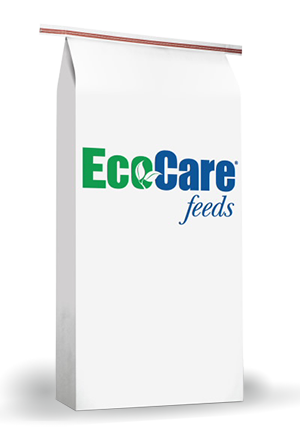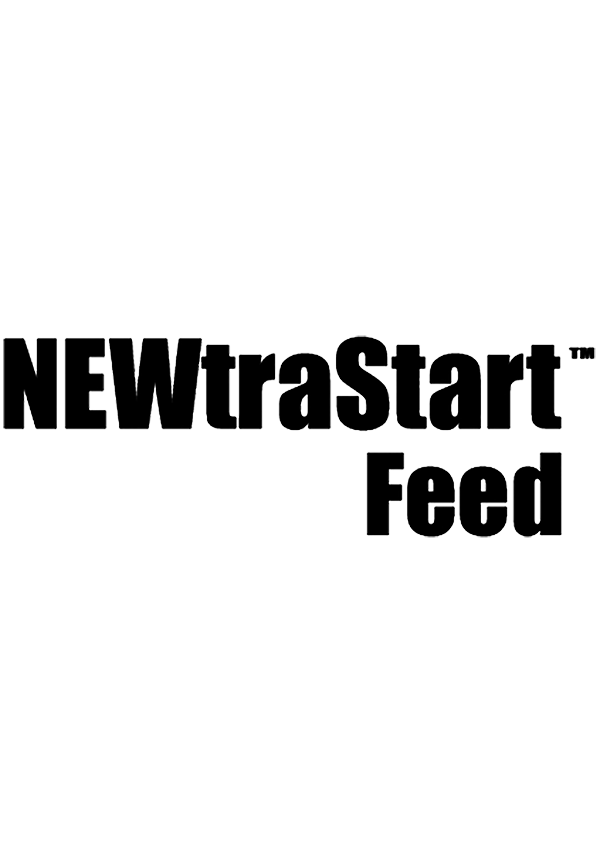
Gel Supplementation After Pig Transportation
Young Animal : Health Stresses

A field study was conducted in Iowa to evaluate UltraCare® Gel supplementation on starter performance and survival after long-haul transportation (>7 hours). After long-haul transportation, 800 pigs were weighed, placed in pens based on initial body weight and then randomly allotted to one of two dietary treatments: (1) common diet without gel or (2) common diet with gel. Gel was fed on mats or boards two times a day at the rate of 0.05 pounds per pig, per feeding for five days. After the treatment period (five days), all pigs received common diets throughout the rest of the wean-to-finish period.
The overall results are shown below (Table 1).

As you can see in Table 1, supplementing diets with UltraCare® gel showed improvements through all stages, with increased growth from days 0-to-8 and decreased removals from days 0-to-92.
How does pig gel supplementation support performance and survival?
UltraCare® gel is scientifically formulated with high moisture content and natural intake enhancers to encourage consumption, maintain hydration and aid in transition to dry pellets, while supporting intestinal health.
Studies have shown that the sooner pigs start eating after weaning, the healthier their intestine becomes and the better they will grow. Pluske (1996)1 demonstrated that greater feed intake in pigs five days after weaning increases villus height and absorption surface. These changes in gut architecture not only improve absorption of nutrients to enhance pig growth, but also influence how the pigs’ immune system will react to a viral or bacterial challenge. Therefore, a healthier intestine is critical to piglet health and growth.
Furthermore, piglet feed intake and growth during the first week after weaning should be a primary concern. A study by Tokach (1992)2 has shown the relationship between live weight gain during the first week after weaning and its impact on the number of days to market. The greater the pig’s average daily gain during the first week after weaning, the less time it takes to get to market. Maximizing early feed intake leads to heavier, healthier pigs in the nursery, resulting in enhanced success in the grow-out unit. The current study demonstrates that supporting performance and intestinal health during the first week after weaning due to gel supplementation increased the number of pigs going to market; potentially increasing profits for the producer.
1Pluske, J.R., D.J. Hampson, and F.X. Aherne. 1996. Maintenance of villous height and crypt depth in piglets by providing continuous nutrition after weaning. Animal Science 62:131-144.




